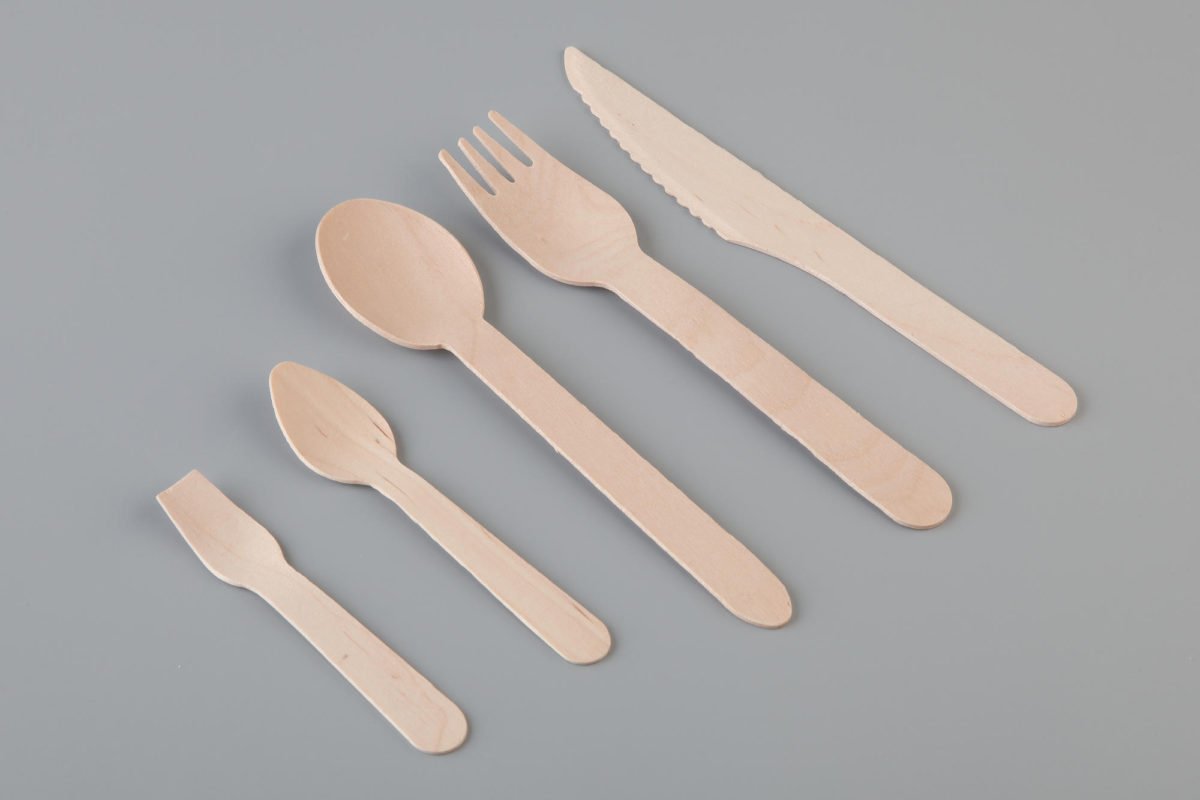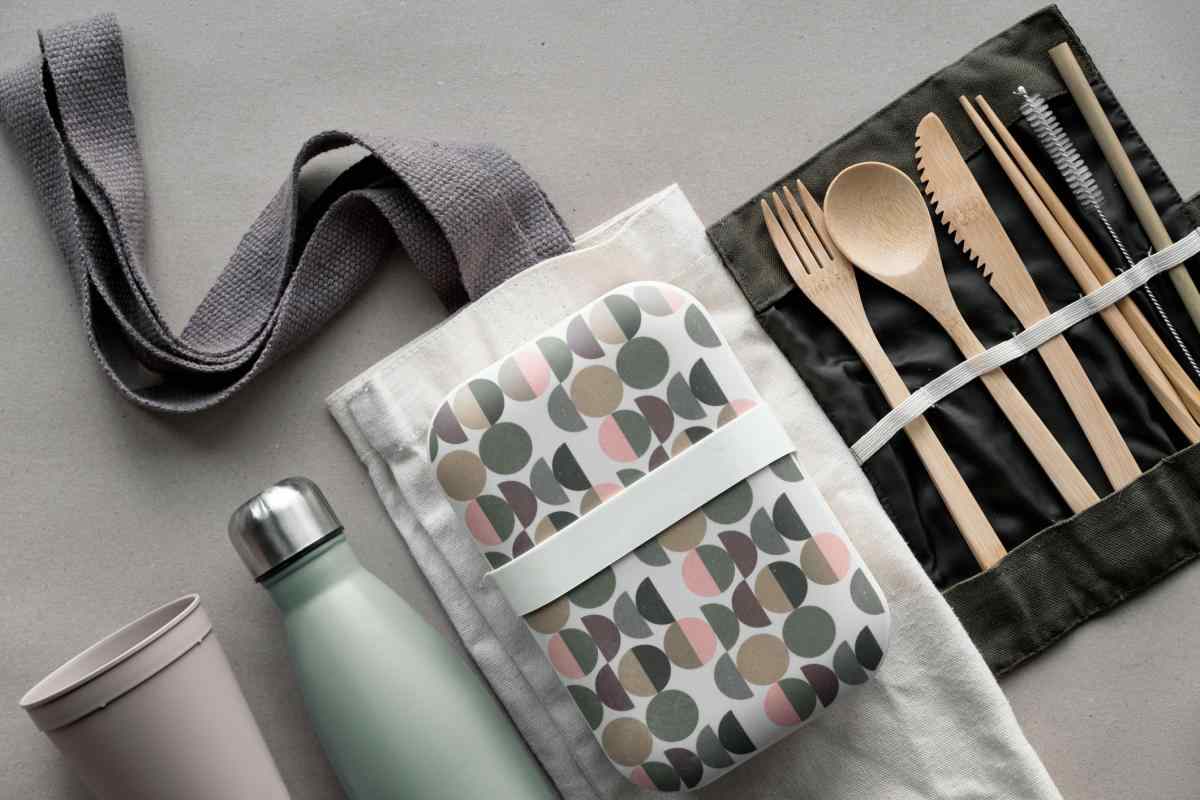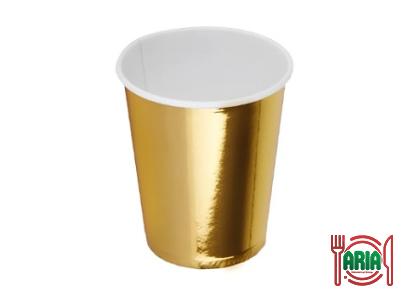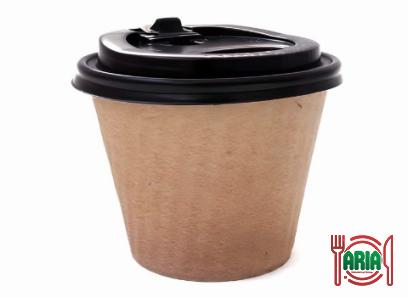plastic cutlery is a novelty product that has some disadvantages for nature vs wooden cutlery that are reusable and has so many advantages.
If you care about the environment, you might be looking for ways to change how you live to make less trash.
Some changes are bigger and require more planning and work, like giving up all animal products or looking into different ways to travel that produce less greenhouse gas emissions.
On the other hand, there are a lot of small changes you can make to your daily life that, when added together, will make a big difference in how much trash you make.
One of these changes is switching from disposable plastic cutlery to wooden tools that can be used more than once.

The World Economic Forum says that about 40 billion plastic utensils are used and thrown away every year. This number is just for the United States. Plastic utensils are too small to be recycled, and they almost always have food on them, so they can’t be reused.
So, they end up in garbage dumps or the ocean, where they hurt the animals and plants that live there. Plastic utensils may already pose several health risks to people even before they are thrown away.
Most people are familiar with single-use plastics because they are used to make water and soft drink bottles, take-out containers for restaurants, and even wrapping for food storage in our own homes.
In other words, one-time-use plastics can be used for many different things. But most people don’t know that these everyday items are made with dangerous bioactive compounds like BPA.
It is well known that BPA interferes with how hormones are made and how they work in the body.
It acts like estrogen, stops testosterone from doing its job, and messes with the way hormones move through the thyroid gland, just to name a few of its hormone-disrupting effects.
There is evidence that BPA can mess up the endocrine system, which can make a person more likely to get diabetes, be overweight, or have problems with their reproductive health and development.
This is hard to say for sure because most people living in the modern world are exposed to chemicals like these from many different directions.
BPS is another chemical that is often found in plastic that is only used once. This molecule looks a lot like BPA and has a similar structure, but it mostly hurts aquatic animals.
This means that the millions of plastic utensils and other things that are thrown away every day have the potential to hurt the health of the animals that live in the water, in addition to hurting the delicate ecosystems that they live in.

Given the rules that are in place, you might wonder why companies that make plastic packaging can use these chemicals in their products.
Because scientists haven’t done enough research on the effects of these drugs, the Food and Drug Administration (FDA) keeps an incredibly long list of substances that are “Generally Recognized As Safe,” or “GRAS.”
So, most of the responsibility for keeping these substances from getting into the body lies with the customer.
Here’s the good news: as a consumer, you have a lot of control over the choices you make, and it’s easy to avoid single-use plastics, especially single-use cutlery, with the right alternatives and a little bit of planning.
You’re in luck because there is a wide range of cutlery that is not only reusable but also long-lasting and can be carried with you like a metal water bottle or a ceramic coffee mug.
Dumbest has a set of teakwood forks, knives, spoons, and chopsticks made by artists in Bali. The wood comes from sustainable sources, and the artists make the set.
The set comes with a handy fabric-carrying pouch, so you don’t have to worry about any of the pieces being dirty or lost before you sit down to eat. This pouch also keeps the tools from breaking if they fall out of the bag.
Another good thing about bringing your own wooden cutlery set is that teakwood doesn’t transfer heat and doesn’t react to the acidity in food as some other materials do.
Having your own set gives you this extra benefit. Add a glass straw that you can use again and again, and you’ll have everything you need to enjoy your lunch at work, on a picnic, while camping, or anywhere else you’re not at home.
When deciding between wooden cutlery that can be used again and again and plastic silverware, there are so many reasons to choose the former and almost none to choose the latter. Plastic utensils and other supplies were made in the first place to make life easier.

However, wooden cutlery is hardly inconvenient because it is small, easy to store, and requires almost no maintenance or cleaning.
It also has a lot of benefits when it comes to supporting environmentally sustainable industries, using less plastic, and being less exposed to harmful chemicals.
If you change just one thing about how you go about your daily life, you could stop hundreds or even thousands of plastic forks, knives, and spoons from ending up in landfills or hurting sea life and ecosystems.
You’ll also keep dangerous chemicals like BPA from getting into your body.
If you choose to use wooden cutlery instead of metal, you will be making a choice that is good for your body and the earth in the long run.
Cutting tools made from biodegradable materials are better for the environment than those made from polymers made from petroleum. From an environmental point of view, they are better in general.
To be more specific, they reduce pollution, cut down on energy use, limit the use of resources that can’t be replaced, and lead to a general drop in waste.
Plastic products, especially food packaging, have a bad name because dangerous chemicals can leak into the food they hold.
This is because one-time-use plastics are made with many different chemicals, like dyes, bleaches, and inks. Some of these things are safe to use, but others are not.
When hot drinks are put in plastic bottles, for example, the plastic could break down and release chemicals like bisphenol A that could be dangerous.

These substances affect the endocrine system and have been linked to several health problems, such as hormonal imbalances, metabolic problems, and even some types of cancer.
The biggest problem with having a party at home is that there will be a lot more dishes and utensils to clean up after events like work lunches, meals eaten at home, picnics, and big get-togethers.
After such a fun and tiring dinner, it would be very helpful if you could clean the kitchen’s tiles and dishes.
You might find that using biodegradable plates and disposables that can be composted is just as easy as using disposable plastic items. Also, instead of plastic cutlery, you should use cutlery made of wood.
If you use disposable silverware, you don’t have to worry about cleaning up a bunch of dirty cutlery after the party. Instead, you can focus on having fun with your guests at the party.
The biodegradable cutlery that you can buy now is very useful. Because they are sharp, knives and forks are easy to use for cutting steaks and eating salads. Plates and bowls can be used to eat cold food, and they can also be used to eat hot food and soup without spilling.
The fact that the palm leaves that are used to make plates fall off the blossoms show how well the farmers take care of the trees.
Biodegradable plastics cause much less pollution than plastics made from oil. Also, when biodegradable plastics slowly break down, they eventually break down into non-toxic and non-hazardous parts that decay over time.
These non-toxic and non-hazardous parts are then released back into the earth. They only make 32% of the greenhouse gases that petroleum-based plastics do, which is a big difference from the amount that petroleum-based plastics make.
It takes a lot less energy to make disposable plates and other things that can break down or be composted than it does to make single-use plastics. Less energy is used to make biodegradable plates and cutlery.

Also, the materials used to make biodegradable plates and cutlery are renewable, which means they don’t contribute to the earth’s natural resources running out.
Most of the time, these things are made from sugar cane, bamboo, maize, and other foods. Biodegradable plastics need only 35% of the energy needed to make petroleum-based plastics, which need 65% of that amount.
About 200,000 barrels of oil are used every day as a raw material to make plastics from things made from oil. If more things are made from biodegradable materials, it would be possible to use a lot less of things that can’t be replaced.
We have the best wooden cutlery at a reasonable and affordable price wholesale for our clients. If you are wondering about the price list and our models just contact us.




